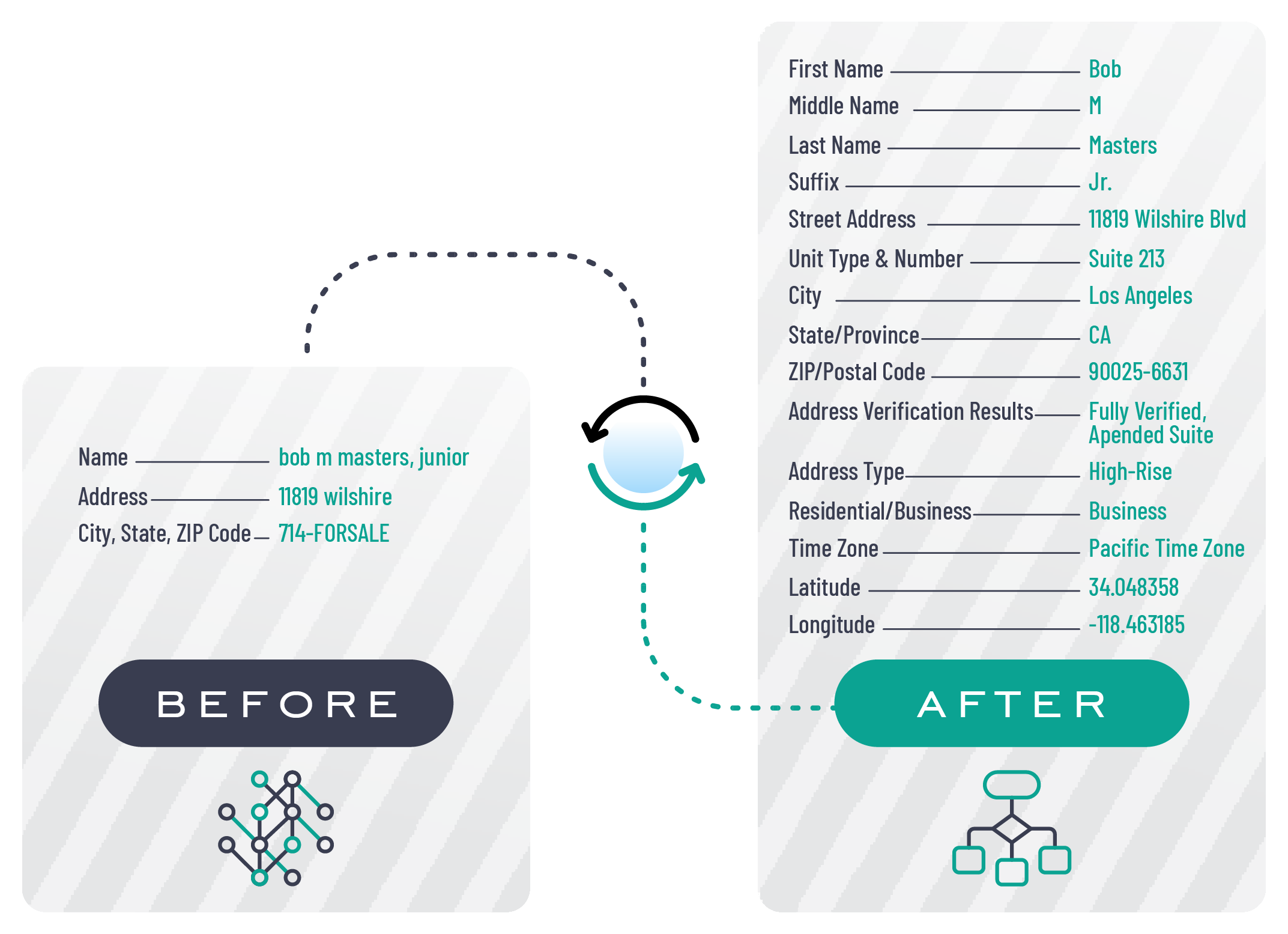
Image Source: Google
During pregnancy, women undergo numerous physical and emotional changes as their bodies adapt to growing new life. Prenatal massage therapy is one way to help expectant mothers cope with these changes and navigate the challenges of pregnancy more comfortably.
As a prenatal massage therapist, I have had the privilege of working with many pregnant women and helping them find relief from common pregnancy discomforts. In this article, I will share some valuable tips and insights to help you have a smoother and more enjoyable pregnancy journey.
The Benefits of Prenatal Massage
Reducing Muscle Tension and Discomfort
- Prenatal massage can help alleviate muscle tension and discomfort that often arise due to the changes in weight distribution and posture during pregnancy.
- By targeting specific areas of tension, an affordable prenatal massage therapist can help release tight muscles and improve overall comfort.
Improving Circulation and Reducing Swelling
- Massage therapy can aid in improving circulation, which is particularly beneficial for pregnant women who may experience swelling in their extremities.
- By encouraging better blood flow, prenatal massage can help reduce swelling and promote overall well-being.
Enhancing Emotional Wellbeing
- Being pregnant can be an emotional rollercoaster, and prenatal massage offers a soothing and calming experience that can help reduce stress and anxiety.
- The release of endorphins during a massage session can uplift mood and contribute to a sense of well-being.
Tips for Navigating Pregnancy with Ease
Find a Qualified Prenatal Massage Therapist
- When seeking prenatal massage therapy, it is essential to choose a therapist who is trained and experienced in working with pregnant women.
- A qualified prenatal massage therapist will understand the unique needs and considerations of pregnancy and can tailor the massage session accordingly.
Communicate Your Needs and Comfort Level
- It is crucial to communicate openly with your prenatal massage therapist about your comfort level, any specific areas of concern, and any changes or discomforts you may be experiencing during pregnancy.
- Your therapist can then adjust the massage techniques and pressure to suit your individual needs and ensure a safe and effective session.
Stay Hydrated and Rest After a Massage
- Hydration is key during pregnancy, and it is especially important to drink plenty of water after a massage session to help flush out toxins released during the massage.
- Resting after a massage can also help maximize the benefits of the session and allow your body to recover and rejuvenate.
Considerations and Precautions
Timing of Prenatal Massage
- It is generally safe to receive a prenatal massage at any stage of pregnancy, but it is advisable to consult with your healthcare provider before starting any new wellness practices.
- Some women may prefer to wait until the second trimester when the risk of miscarriage is lower before receiving a prenatal massage.
Avoiding Certain Pressure Points
- During pregnancy, some pressure points should be avoided to prevent any potential adverse effects on the mother and baby.
- A knowledgeable prenatal massage therapist will be familiar with these pressure points and adjust their techniques accordingly.
Comfort and Positioning During the Massage
- Comfort is paramount during a prenatal massage, and your therapist will provide supportive cushions and pillows to help you relax in a safe and comfortable position.
- It is essential to inform your therapist if you feel any discomfort or need adjustments to ensure a positive and beneficial experience.
Ultimately, prenatal massage can be a valuable tool for supporting the physical and emotional well-being of expectant mothers. By following these tips and working with a qualified prenatal massage therapist, you can navigate pregnancy with greater ease and comfort, allowing you to focus on the joy and excitement of welcoming your new little one into the world.








